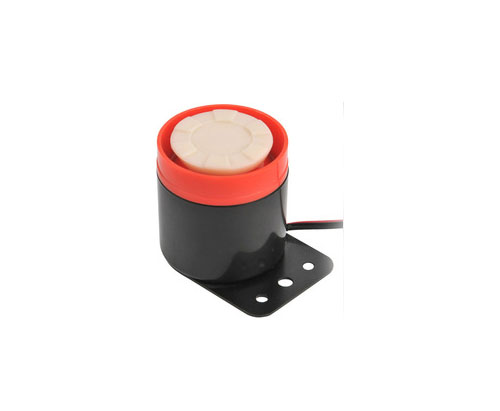Motor control designers have recently encountered obstacles in the development of various applications such as home appliances and servo drives, and must choose between controller performance or expensive prices. Most motor control applications are inherently less expensive. One of the necessary conditions for market acceptance is that the price of the product is attractive, which means that it is necessary to choose the cheapest controller that has other limited functions that can achieve the purpose of the work. Intelligent controllers based on DSP are changing this situation, the deadlock is broken, and new DSP-based controllers deliver significant performance improvements at fairly affordable prices. Simple control algorithms such as voltage Hertz constants and six-step commutating are difficult to achieve high efficiency and optimize the performance required for the body size. The intelligent controller based on DSP changes the above situation in two aspects. First, it adds counting power. This allows designers to implement higher performance control algorithms such as field oriented control. Second, the computationally intensive algorithm also enables designers to use more efficient motors. For example, we can replace the AC induction motor with a permanent magnet motor, which further improves efficiency and dynamic performance. The so-called "problem" of advanced techniques such as vector control that computes greater strength is that multiplication and accumulation (MAC) operations occupy most of the algorithm. Standard 8-, 16- or 32-bit microcontrollers cannot handle these operations because of the lack of proper bus architecture for mathematical efficiency. Ultimately, this means that we must fundamentally transform the design, not to the DSP, but to the DSP-based 32-bit controller. It's no surprise that there are many common misconceptions about using DSP controllers, such as: * DSP controller does not have motor control peripherals; * Code density issues make DSP-based 32-bit systems unacceptable; * DSP may be better suited to control algorithms, but it does not handle other control tasks well; * DSP software is difficult, designers must endure the lack of real-time operating systems and good tool support. Let us discuss the above misunderstandings. Peripheral integration When it comes to heavy-duty digital signal processing, the first idea in the minds of motor control engineers might be a DSP controller that is good at digital computing—but how do you handle general-purpose peripheral functions? Today's motor control DSPs are optimized for motor control applications with on-chip integrated pulse width modulator (PWM), encoder interface, communication port, and analog-to-digital converter (ADC). It also includes a large amount of flash memory and RAM, which eliminates the need for external memory devices. Code density In fact, traditional 32-bit microcontroller architectures have inherent weaknesses in code density, which is a critical issue for low-cost applications with limited memory capacity. The new 32-bit DSP architecture uses a carefully chosen mix of 16-bit and 32-bit instructions for optimal code density. Use 32-bit instructions only when needed. Control-oriented architecture The best 32-bit DSP controller with atomic read-modify-write instructions simplifies programming and has a short interrupt latency of less than 100 nanoseconds for a more responsive CPU. software support The DSP assembler has evolved to an advanced level that requires very little to write assembly code. In addition, algorithm development has become much simpler. For example, Texas Instruments offers a large library of commonly used algorithms that run on its processors immediately, as well as a BIOSTM, a real-time operating system optimized for DSP. We will also help if we need a custom algorithm. To create your own algorithms, engineers can take advantage of the IQMathTM tool, which simplifies the development of mathematical functions for fixed-point calculations. TI is practicing Moore's Law and doing innovative work to make motor control designers' tasks easier and easier.
An alarm is a device for issuing an alarm signal.A signal used to issue a warning, a warning, and an alarm.Air defense warning refers to the alarm system set up during the war to prevent enemy air attacks.It is an important part of urban air defense works, which is a warning of air defense when the city is threatened by air strikes.
FBELE's products have been extensively acknowledged by various international brands and widely applied in many different industries including Smart Home, Telecommunications, Consumer Electronics, Information Technology, Home Appliances, Automotives, Security, Medical and Industrial Equipment related.
FBELE is With the strong R&D, Production, Marketing/Sales, and FAE Teams, we extended its acoustic territory aggressively and sets up the completed marketing channels to provide customers with fast and professional customization as the main consultant for the customers regarding any acoustic needs.
piezo alarm,Piezo Siren product from FBELE is with best quality in China
Piezo Siren,Electronic Siren,Warning Siren,Home Siren Ningbo Best Group Co.,Ltd , http://www.speakerbuzzer.com
